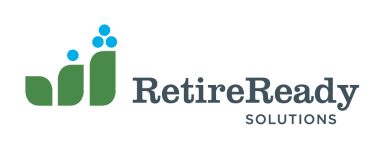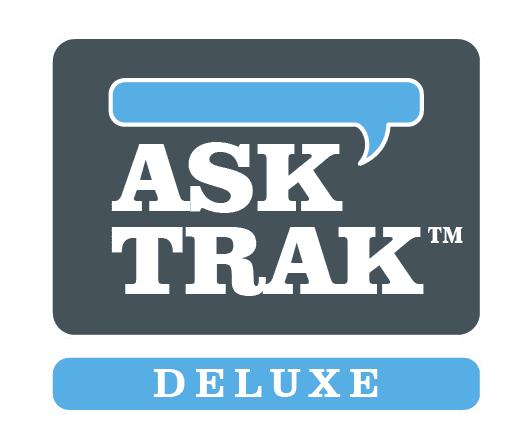What’s Your Next Step
When making key decisions, businesses must do a lot of research. Poor decisions can cost companies millions—or even push the company into bankruptcy. In contrast, good decisions can place a company well ahead of the competition. Having clear, understandable, and actionable information is the starting point of any good decision-making process. However, interesting information that may seem relevant could ultimately be unhelpful in making good decisions. Knowing the difference between key information and peripheral information can transform a good company into a great company. This is where participant education comes in for advisors.
Participant Education
These things are also true when advisors share information with 401(k) participants. There is no lack of information that can be presented. A quick Google search shows how advisors share information on plan design, loans, hardship options, market volatility, risk tolerance, investment diversity, asset allocation, plan sponsor goals, credentials, and financial wellness, and more. The list goes on and on. The sad reality is that the more material I have read online about participant education, the more confused I have become about what participant education should be.
Focusing on what is concrete to a participant is key when deciding what to include in a presentation. A lot of information needs to be left on the cutting floor. Concrete information includes how much a participant needs to contribute to a retirement plan. Most advisors talk about the participant’s contribution as a percentage of their income, but people don’t think that way. The information becomes concrete when you talk about it as a specific contribution value (e.g., “To potentially fund a successful retirement, you need to increase your contribution by 5%, which will reduce your take-home pay by $200 per month.”). In this way, a participant can clearly understand the action step.
I typically hear two objections from advisors. The first objection is that the contribution amount may be too much for the participant, creating disillusionment and failing to lead to action. The second objection is that participants feel cornered when the contribution amount is presented as the only solution. Indeed, if that were the only piece of data to be presented to a participant, I would completely agree.
These objections highlight that participants need additional information. Rather than just showing them what they need to be doing, including how they can take baby steps to increase their contribution today. Focus on how each increase in the contribution amount affects their take-home pay. Many participants are willing to sign up for smaller increases each year, but very few are able to make a large increase all at once.
Present additional options beyond just increasing the retirement contribution amount. What would they need to save if they retired a year later? What additional outside assets would they need if they had an old 401(k) or IRA? If they anticipate an inheritance later in life, how much additional funding would they need at retirement? Providing additional options allows the participants to feel like they have some control over their choices. At the same time, these approaches may help you uncover additional assets for the 401(k) plan.
Providing participants with important information about their plan is key to helping them move toward a successful retirement. When participants understand how much of their take-home pay they need to be contributing and the baby steps they can take to get to retirement, they can make informed decisions and increase their contributions to an appropriate level. Additionally, when advisors give them options other than just increasing the contribution amount, they have more control over how they get to a successful retirement and begin to own the decision-making process.
Read Also: TRAK Makes Participant Education Easy
Key Elements to an Effective Virtual Meeting - Articles in this Series
- Key Elements to an Effective Virtual Meeting - Part 1 | The Basics
- Key Elements to an Effective Virtual Meeting - Part 2 | Principles of Engagement
- Key Elements to an Effective Virtual Meeting - Part 3 | You Are Here
- Key Elements to an Effective Virtual Meeting - Part 4 | What's Your Next Step



